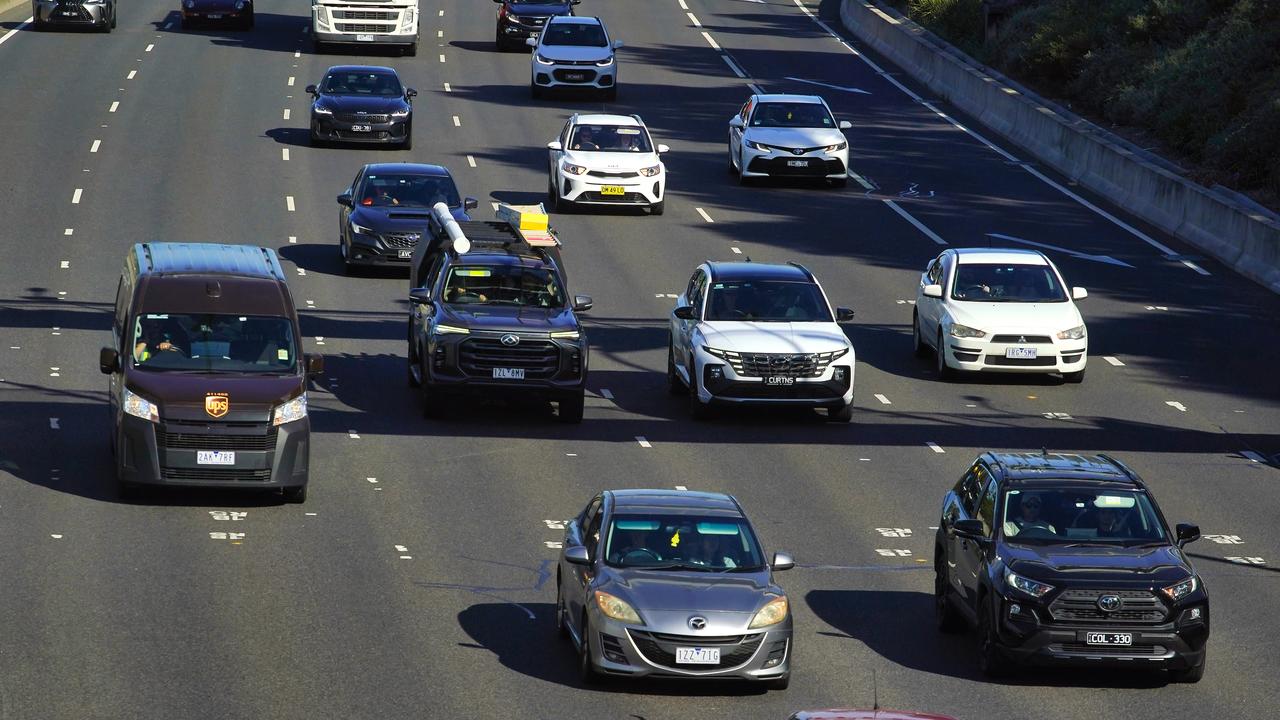Australians insane savings from key working trend
Australian workers are saving an insane amount of money due to one working trend, but there is one thing impacting Australian living standards.

Work
Don't miss out on the headlines from Work. Followed categories will be added to My News.
Australian workers will continue to work from home, although not as much as some would like, as the insane amount they are saving comes to light.
Deloitte Access Economics citing CEDA figures says the average Australian worker could save $5308 a year by taking out transportation and fuel costs.
It is also having the added benefit according to Stanford University Professor Nick Bloom of a happier workforce, which is reducing turnover for employers.
It also said the tug of war between employees wanting to be able to work from home and employers wanting them to be in the office more often appears to have ended for now, with 80 per cent believing WFH would remain for at least the next two years.

Deloitte Access economics partner and lead author David Rumbens told NewsWire employers are meeting employees in the middle, focusing on hybrid working models.
“There has been this tension as employees have preferences working from home because it saves on travel costs and time,” Mr Rumbens said.
“There is certainly a body of thinking that collaboration in-person aids productivity and innovation, hence, where there is flexible work there is encouragement of some time collaborating and working together.
“We are now seeing a lot of organisations in the white collar and professional space settling on a hybrid mix allowing for those benefits of teaming and proximity.”

These balances come as the overall strength of the workforce shows the employment rate remains at a near record low of 4.1 per cent, with 390,000 more Australians finding work over the last 12-months.
In April alone the employment rate surged by 89,000 people, but it’s not all good news for workers.
“The overall strength of the labour market has masked the relative strength of non-market sector employment compared to the market sector,” Mr Rumbens said.
“In the year to the December quarter of 2024, the non-market sector (health care, education, public administration) accounted for approximately 80 per cent of total employment gains.”
Productivity lags remains the key threat to living standards
Deloitte said with inflation moderating, wages ticking up and interest rates ticking down, there could be further boosts to jobs if it wasn’t for the “abysmal” productivity performance.
“Australian labour productivity has fallen considerably over the past three years,” he said.
“Since its peak in March 2022, Australia’s labour productivity has fallen by 5.7 per cent and labour productivity in the non-market sector now sits at a near 20-year low, underscoring why boosting productivity growth should be a top priority for the government.”

Mr Rumbens said if this continues to fall over a number of years, Australian workers will eventually see a fall in living standards.
“We want productivity gains so we can get sustainable real wage growth.
“The risk if we don’t have productivity all the nice wage growth goes back into price growth and we’re effectively no better off.
“So it becomes really important to drive living standards and the ability to sustainably actually generate real wage growth over time.”
Mr Rumbens said Australians just experienced a real cost of living crisis over the last two years, going through a per capita recession which could return if productivity doesn’t improve.
“It could be that it means inflation rises again.
“While the Reserve Bank is cutting rates and experts expect it to continue but none of that is guaranteed.
“So if productivity goes backwards, then prices will go up and hence you go back into a cost-of-living spiral, which workers have just been through.
“They got reasonable wage growth but price growth was much more, so they ended up being poorer over the last, effectively, three years.
Despite the risks Mr Rumbens said workers could over time help solve the problem.
“We’ve seen from the Treasurer, the agenda for the second term of government will be productivity focused without forgetting about cost of living.
“Part of that is encouraging technology use, encouraging innovation by private businesses.
“Skills need to evolve as well. In many cases there needs to be a skill or knowledge boost that goes along side the technology boost.
Originally published as Australians insane savings from key working trend






